Sports ownership has always been a realm of immense wealth and ambition, a playground for billionaires who see beyond the scoreboard to the vast financial potential of iconic franchises. As player salaries skyrocket and the business of sports becomes increasingly complex, these titans aren’t just signing checks; they’re making some of the most audacious, high-stakes financial gambles in the global economy. From record-breaking team acquisitions to controversial development projects and inherent operational risks, their decisions shape fortunes and leagues.
The traditional narrative of the quiet, behind-the-scenes owner is rapidly fading. Today’s sports moguls are active, often public, participants in a dynamic landscape where market trends, fan engagement, and strategic investments dictate success or failure. This environment demands a blend of business acumen, foresight, and a willingness to take monumental risks—risks that can multiply wealth or lead to significant setbacks. The stakes have never been higher, transforming sports ownership into a high-octane arena of economic strategy.
In this deep dive, we’ll pull back the curtain on some of the most shocking financial gambles made by prominent sports team owners. These aren’t just transactions; they are declarations of intent, massive bets on future valuations, community relations, and the enduring power of sports as a global economic force. Understanding these moves provides a unique lens into the intricate finances of professional sports and the personalities who wield unparalleled influence within them.
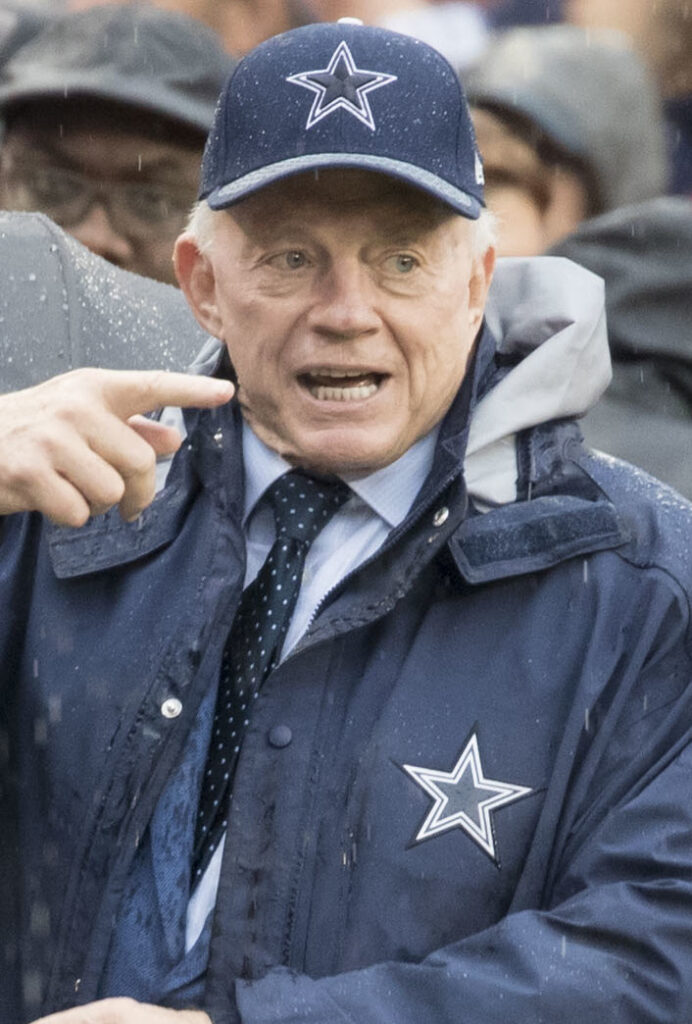
1. **Jerry Jones’ Bold Bet on the Dallas Cowboys**Jerry Jones’ acquisition of the Dallas Cowboys in 1989 for $150 million stands as one of the most iconic gambles in sports ownership history. At the time, the Cowboys were far from the “America’s Team” powerhouse they would become; they were, in Jones’ own words to Forbes, “a financial mess.” This was a significant sum in the late 1980s for a struggling team, representing a daring investment with no guarantee of success.
Jones, a shrewd businessman with a background in oil and gas, saw untapped potential where others saw ruin. His vision extended beyond merely owning a football team; he aimed to transform the Cowboys into a global brand and a colossal financial entity. The initial period after the purchase was undoubtedly stressful, as Jones himself admitted, “I didn’t sleep.” This reflects the immense pressure and risk associated with such a high-leverage investment.
The gamble, however, paid off spectacularly. Jones not only engineered a dramatic turnaround for the team, leading them to three Super Bowl victories, but he also revolutionized the business model of professional sports. He secured unprecedented marketing and merchandising rights, turning the Cowboys into a financial juggernaut. Today, the Dallas Cowboys are valued at more than $10 billion, making them the most valuable sports team in the world.
This incredible appreciation is a testament to Jones’ foresight and the sheer magnitude of his initial, risky investment. His journey from a high-risk buyer to a billionaire, with his fortune largely intertwined with the Cowboys’ success, epitomizes the ultimate financial gamble that delivered exponential returns. The team’s 2022 revenues of $1.1 billion underscore the incredible growth sparked by that pivotal 1989 decision, despite a Super Bowl drought since 1995.
Read more about: The Ultimate Standoff: Jerry Jones, Micah Parsons, and the Dallas Cowboys’ High-Stakes Game of Chicken
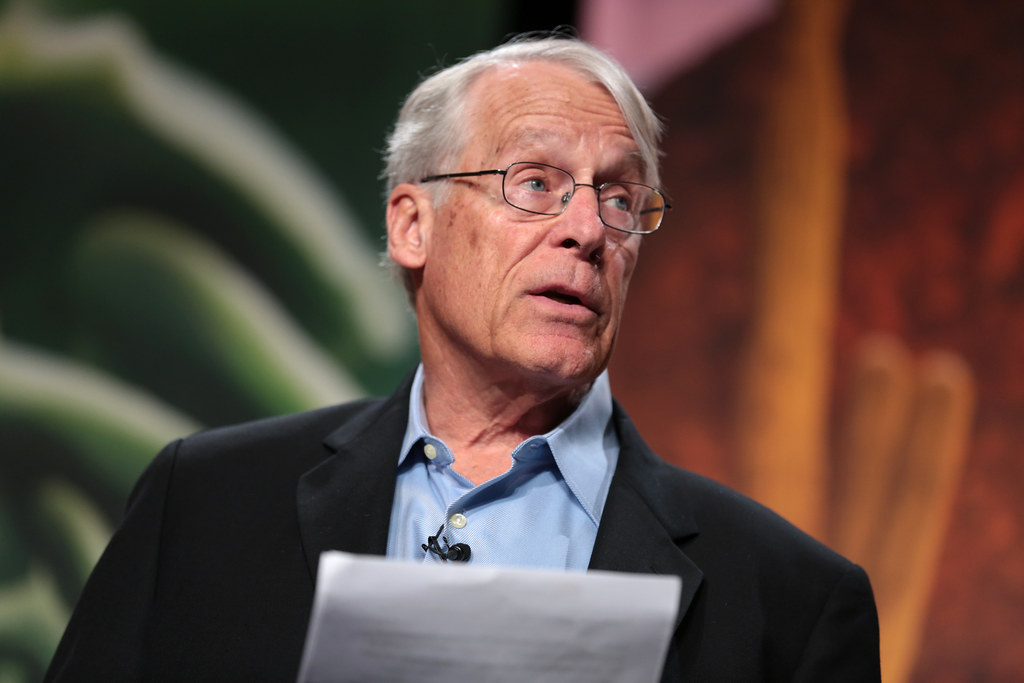
2. **Rob Walton’s Record-Breaking Acquisition of the Denver Broncos**In 2022, Rob Walton, heir to the Walmart fortune, made headlines with his stunning $4.65 billion purchase of the Denver Broncos. This transaction set a new record for the highest price ever paid for a sports team at the time, immediately positioning it as one of the most significant financial gambles in recent memory. Walton’s decision to invest such an astronomical sum into an NFL franchise, outbidding several other multibillionaires, highlighted the intensifying competition for these “trophy assets.”
The price tag alone underscored the escalating valuations in professional sports, where ownership is increasingly reserved for the ultra-rich. For Walton, whose personal fortune largely derives from Walmart stock, this represented a massive allocation of capital into a single sports entity. It was a bold statement of confidence in the enduring value and growth potential of the NFL, even at unprecedented price points.
His first year as owner saw the Broncos struggling, posting a 5-12 record after a significant trade for quarterback Russell Wilson. The team’s slow start in the following season, despite bringing Super Bowl-winning coach Sean Payton out of retirement, further emphasized the inherent performance risks associated with such a large investment. A high purchase price does not guarantee immediate on-field success, adding another layer of financial pressure and public expectation to the gamble.
Despite the initial on-field challenges, Walton’s wealth itself grew by $32.6 billion in one year, driven by strong Walmart performance. However, the performance of the Broncos remains a key metric of this particular gamble. The record-setting investment reflects a broader trend among the wealthiest individuals: a belief that elite sports franchises offer a unique blend of prestige, influence, and long-term financial appreciation.

3. **Steve Ballmer’s $2 Billion Plunge on the Los Angeles Clippers**Steve Ballmer, the former Microsoft CEO, made a colossal financial splash in 2014 when he acquired the Los Angeles Clippers for $2 billion. This move was particularly noteworthy given the circumstances: he purchased the team from the embattled owner Donald Sterling, amidst a scandal that had severely damaged the franchise’s reputation. Ballmer’s decision was not just an investment in a basketball team; it was a high-stakes gamble on rehabilitating a tarnished brand and transforming a perennial underdog.
The $2 billion price tag was considered exorbitant at the time, reflecting Ballmer’s deep pockets and his fervent desire to own an NBA franchise. It was a clear demonstration of his confidence in the future value of the team and the NBA itself. He believed the Clippers’ potential, especially in the vast Los Angeles market, was far from fully realized. His vision extended beyond mere ownership; he aimed to instill a new culture of winning and community engagement.
A significant part of Ballmer’s gamble includes his commitment to the team’s future infrastructure. He recently opened the Clippers’ new home, the $2 billion Intuit Dome, in Inglewood. This massive investment in a state-of-the-art facility underscores his long-term dedication and belief in the team’s growth, independent of its past struggles. It’s a multi-billion dollar bet on real estate, fan experience, and competitive advantage.
While the Clippers are still chasing their first NBA title, the team has nearly doubled in value since his purchase, now estimated at $3.9 billion. This appreciation validates Ballmer’s initial financial gamble, showcasing how a strategic owner can significantly enhance a franchise’s worth. His willingness to invest heavily in both the team and its infrastructure illustrates a holistic approach to sports ownership, where financial commitment is paired with a clear vision for long-term success.
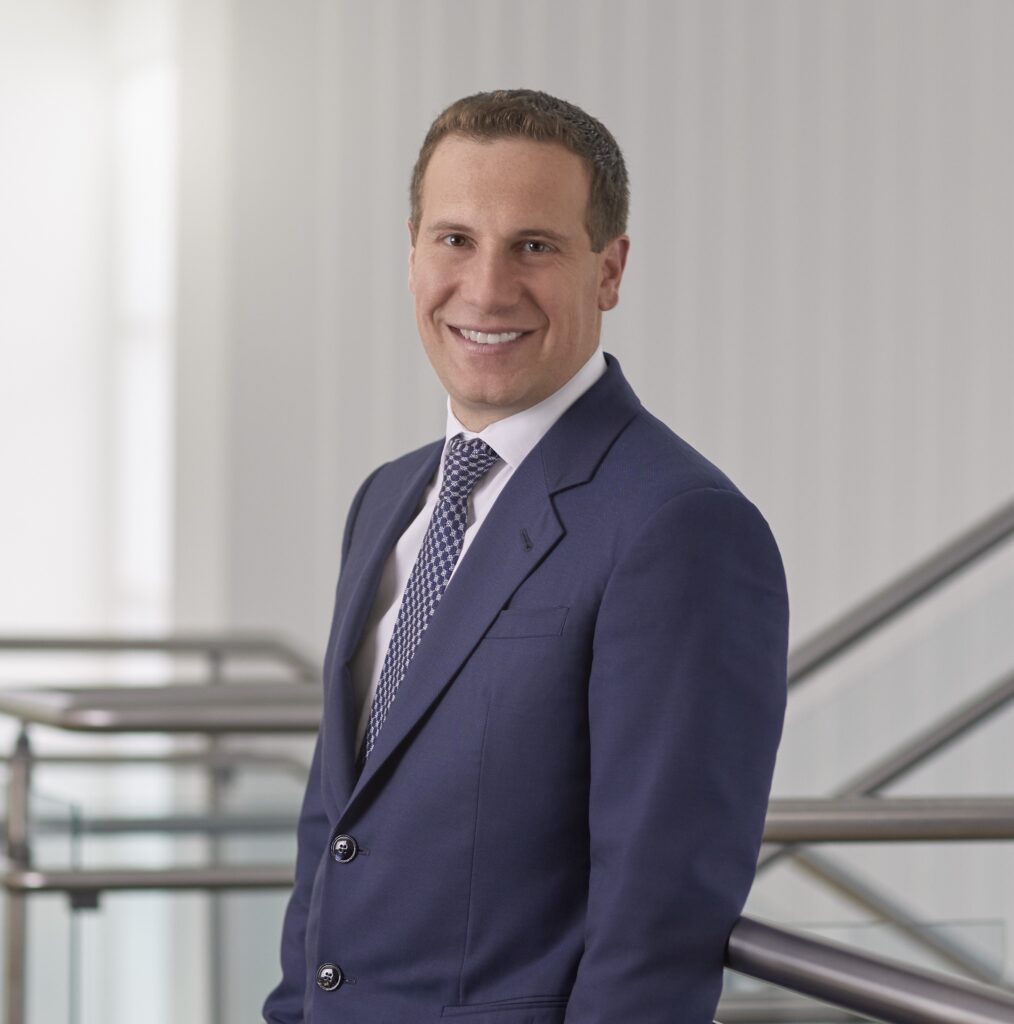
4. **Mat Ishbia’s $4 Billion Valuation for the Phoenix Suns**In 2023, Mat Ishbia, CEO of United Wholesale Mortgage, entered the exclusive club of NBA ownership by purchasing the Phoenix Suns for a staggering $4 billion valuation. This transaction, occurring just a year after Walton’s Broncos deal, highlighted the accelerating inflation of sports franchise values. It showed the intense competition among the ultra-rich for these prized assets. Ishbia’s investment was a significant financial gamble, betting on the continued growth of the NBA and the Suns’ potential as a premier team.
The $4 billion figure set a new league record for an NBA team valuation at the time, signaling a robust market where buyers are willing to pay top dollar. For a relatively younger owner at 43 years old, this move represented a substantial commitment of his estimated $6.7 billion fortune. It wasn’t just about owning a team; it was about buying into a league at its peak valuation, hoping for continued appreciation and success.
Ishbia and the Suns wasted no time in making a big splash, acquiring four-time NBA All-Star Donovan Mitchell in 2022. This aggressive player acquisition strategy is another facet of the financial gamble, as high-value contracts are a bet on player performance and team chemistry leading to championships. The goal is to maximize the team’s value and fan engagement through on-court success.
The investment in the Suns at such a high valuation positions Ishbia as a significant player in the sports ownership landscape. His gamble is not only on the team’s market value but also on his ability to navigate complex dynamics. These include player management, league growth, and maintaining profitability in a fiercely competitive environment. It exemplifies the current trend where new owners are prepared to pay unprecedented sums, trusting in the long-term financial trajectory of major sports leagues.

5. **Josh Harris’ Historic $6.05 Billion Washington Commanders Purchase**In the summer of 2023, private equity billionaire Josh Harris led a group to acquire the Washington Commanders for an astounding $6.05 billion. This marked it as the most expensive purchase in sports history. This monumental transaction dwarfed previous records and underscored the incredible financial firepower now required to own an NFL franchise. Harris’s move was a colossal financial gamble, placing an unparalleled bet on the long-term value and growth of an NFL team, especially one with a complicated recent past.
The Commanders franchise had been embroiled in controversies under its previous ownership. This made Harris’s acquisition a gamble not only on financial appreciation but also on brand rehabilitation and fan reconnection. Investing over $6 billion into a team needing significant cultural and operational overhaul added layers of complexity and risk beyond mere market value. It required a belief that the team’s potential, particularly in a major market like Washington D.C., could overcome its recent history.
For Harris, already an owner of other sports teams, this was an expansion of his sports empire, but on a scale never before seen. The sheer volume of capital involved meant that the expectations for financial returns and on-field success were commensurately high. The gamble is that the NFL’s continued dominance in the American sports landscape, combined with strategic management, will allow this record-breaking investment to flourish.
This historic purchase illustrates the escalating cost of entry into top-tier sports ownership and the willingness of billionaires to commit vast portions of their fortunes. Harris’s gamble is a prime example of how current sports ownership involves not just capital, but also a commitment to navigating public perception, team performance, and the ever-present financial pressures of the modern sports industry. All while aiming for unprecedented returns on a truly massive investment.
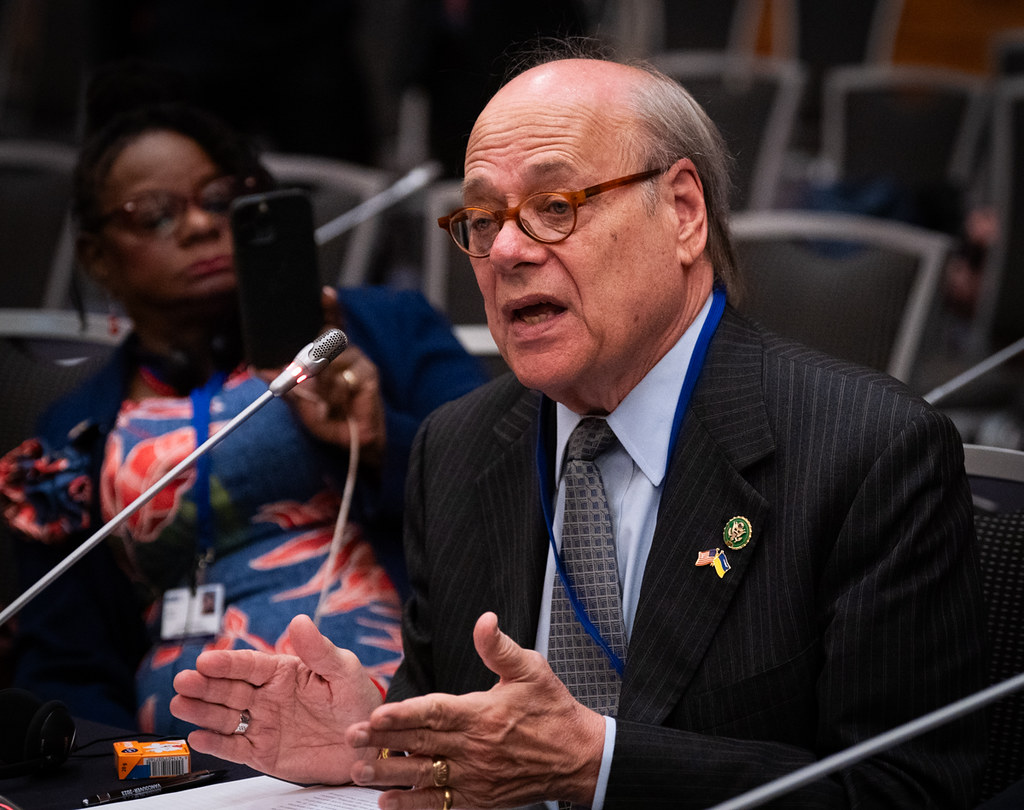
6. **Steve Cohen’s Queens Casino Vision**Steve Cohen, owner of the New York Mets and a hedge fund billionaire, made a highly publicized financial gamble beyond the diamond: his plan to build a casino next to Citi Field in Queens. This ambitious project, intended to transform the area into an entertainment hub, represented a significant diversification of his investment strategy directly tied to his sports ownership. It was a bold attempt to leverage his team’s location and influence for a potentially massive revenue stream.
The proposed casino was not just a side project; it was a multi-billion dollar venture. It aimed to capitalize on the lucrative New York gambling market. For Cohen, this represented a bet on both legislative approval and the public’s appetite for a new entertainment complex. Such a large-scale development involves immense upfront capital, detailed planning, and navigation of complex political and regulatory landscapes, all presenting considerable financial risks.
However, Cohen’s plans hit a significant roadblock in May when New York state lawmakers temporarily blocked legislation required for the project to move forward. This legislative hurdle immediately cast doubt on the feasibility and timeline of the venture, turning a grand vision into a stalled enterprise. This situation perfectly illustrates the external, non-sports-related risks that owners often face when pursuing supplementary business interests tied to their teams.
The casino project, even in its current stalled state, is a clear example of how some owners are willing to make substantial financial gambles outside of traditional team operations. They do this to enhance their overall portfolio. It’s a testament to the belief that team ownership can be a springboard for broader real estate and entertainment developments. Despite the setback, the initial intention and committed capital highlight the aggressive financial strategies employed by sports moguls.
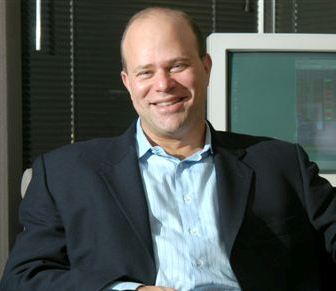
7. **David Tepper’s Stadium Infrastructure Gambles**David Tepper, owner of the Carolina Panthers and Charlotte FC, and a hedge fund magnate, has engaged in several high-stakes financial gambles related to team infrastructure. Notably, these have not always paid off. His grand plans to build an $800 million practice facility for the Panthers famously failed dramatically due to a dispute between the billionaire and local leaders. This project, intended to provide state-of-the-art facilities and solidify the team’s future in the region, collapsed after significant investment and public expectation.
The failure of the practice facility was a costly setback, demonstrating the inherent risks in large-scale real estate development tied to sports franchises. It wasn’t merely a loss of money, but also a blow to community relations and Tepper’s vision for the team’s physical footprint. Such projects require careful negotiation, public support, and robust planning. Their failure underscores the financial and reputational exposure owners face when undertaking them.
Adding to his infrastructure gambles, Tepper’s attempts to secure taxpayer money to rebuild or renovate the 27-year-old Bank of America stadium have also met with considerable resistance. One official explicitly stated the county would “not participate in any financial support.” This leaves Tepper in a difficult position. This ongoing struggle for public funding represents another high-stakes financial negotiation. The cost of such renovations or new builds typically runs into hundreds of millions, if not billions.
These situations highlight how owners often gamble on securing public funds or favorable deals to finance large infrastructure projects. When these gambles do not materialize, they can lead to significant financial outlays, project abandonment, or protracted disputes. Tepper’s experiences with both the failed practice facility and stalled stadium negotiations serve as stark reminders of the complex and often unyielding financial environment that even the wealthiest sports owners must navigate. The struggle to upgrade facilities points to a future where owners may increasingly bear the full financial burden themselves, a considerable gamble.
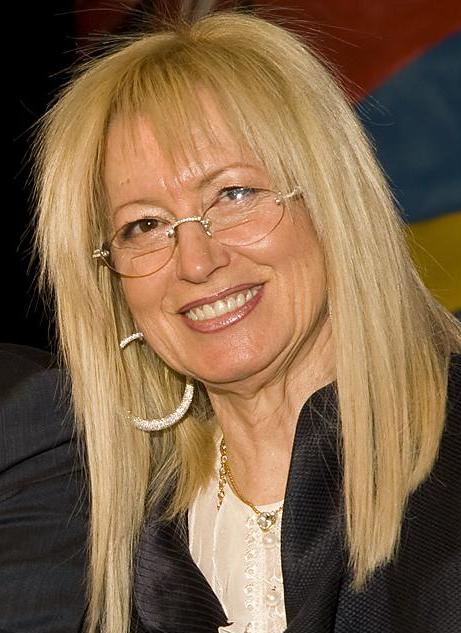
8. **Miriam Adelson’s Strategic Entry into NBA Ownership**Miriam Adelson, the widow of casino tycoon Sheldon Adelson, made a significant entry into the NBA in 2023 by acquiring the Dallas Mavericks. This acquisition placed her firmly among the elite class of sports owners, highlighting a growing trend of traditional wealth sources diversifying into the lucrative sports industry. Her decision to invest in an NBA franchise, particularly one with a dedicated fan base and strong market presence, represented a strategic long-term bet on the league’s continued financial growth and global appeal.
Adelson’s background, deeply rooted in the casino industry, brings a unique perspective to sports ownership. While her net worth, estimated at $32.1 billion, largely remains steady due to her inherited fortune, her initial year as owner of the Mavericks saw immediate action. The team executed a major trade early in her tenure, a move that brought both excitement and mixed results on the court. This proactive approach underscores the high-stakes environment where owners often make quick, impactful decisions to reshape their team’s competitive landscape.
The gamble for Adelson extends beyond mere financial investment; it’s also about managing a high-profile asset within a dynamic league. The performance of the Mavericks under her ownership, both financially and on the court, will be a closely watched indicator of her strategic vision. Her stable net worth provides a strong foundation, yet the unpredictable nature of sports and player dynamics means that even the wealthiest owners face considerable challenges in ensuring consistent success and return on investment.

9. **Daniel Gilbert’s Cavaliers and the Rollercoaster of Mortgage Lending**Daniel Gilbert, the founder of Rocket Companies and owner of the Cleveland Cavaliers, presents a compelling case study in how personal wealth fluctuations, often tied to a primary business, can intersect with sports ownership. Gilbert’s fortune, estimated at $27.8 billion, is predominantly derived from mortgage lending. This industry is famously susceptible to market ups and downs, creating a dynamic backdrop for his sports investments. His ownership of the Cavaliers showcases the high-stakes balancing act required when an owner’s core business faces volatility.
Despite the market fluctuations that Rocket Companies has experienced, the value of the Cleveland Cavaliers under Gilbert’s stewardship has seen significant appreciation. The team is now reportedly worth almost $4 billion, a testament to the robust growth in NBA franchise valuations. Gilbert’s strategic investment in the team’s competitiveness was evident in 2022 when the Cavaliers made a major splash by acquiring four-time NBA All-Star Donovan Mitchell. This move, aimed at snapping a five-year playoff drought, was a clear demonstration of committing substantial resources to on-court success, a gamble on player performance translating into enhanced team value and fan engagement.
The intertwining of Gilbert’s personal wealth, his core business’s performance, and his sports team’s trajectory illustrates a multifaceted gamble. While the Cavaliers’ value has climbed, the health of Rocket Companies remains a crucial factor influencing his overall financial standing and potential future investments in the team. This scenario highlights the unique pressure on owners whose primary source of wealth is tied to sectors outside the sports world, where economic shifts can indirectly impact their capacity for large-scale team development and strategic spending.
Gilbert’s focus on the Cavaliers’ performance and market value demonstrates a long-term strategic investment approach. The commitment to building a competitive team, evidenced by the Mitchell acquisition and the subsequent playoff appearance, signifies a belief in the enduring appeal and financial viability of professional basketball. His journey reflects how owners leverage success in one industry to drive ambition and investment in another, navigating the inherent risks of both.
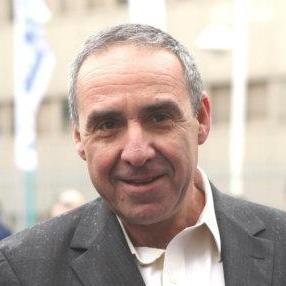
10. **Idan Ofer’s European Football Portfolio and Rapid Wealth Expansion**Idan Ofer, a shipping magnate from Israel, epitomizes the global nature of modern sports ownership and the strategic diversification of wealth across international football clubs. With an estimated net worth of $22.5 billion, Ofer has rapidly become a prominent figure in European football, owning Portugal’s FC Famalicão and holding a significant stake in Spain’s Atlético Madrid. This dual ownership strategy showcases a calculated gamble on the growth and interconnectedness of European soccer markets.
Ofer’s wealth saw a remarkable 42% increase this year, a surge driven by his primary business ventures. This significant growth provides ample capital for his ventures into sports. His decision to invest in multiple European clubs, rather than focusing solely on one, represents a calculated approach to managing a diverse sports portfolio. It allows for the spread of risk and the potential for leveraging synergies between clubs, from talent development to commercial opportunities, in different leagues and markets.
The investment in clubs like FC Famalicão and Atlético Madrid underscores a long-term strategic bet on the sustained popularity and financial appreciation of European football. While the immediate returns on such investments can be varied and success on the pitch is never guaranteed, the underlying value of these storied franchises and their global fan bases offers substantial long-term potential. Ofer’s approach highlights the sophistication now seen in sports ownership, moving beyond simple team acquisition to complex portfolio management aimed at maximizing influence and financial growth.
His rising net worth, largely independent of his clubs’ immediate on-field results, offers a buffer against the inherent volatility of sports. However, the expectation of competitive performance remains, as successful teams enhance brand value and attract further investment. Ofer’s global reach and substantial financial backing position him as a powerful force in the evolving landscape of international sports ownership, demonstrating a strategic gamble on a multi-club model.
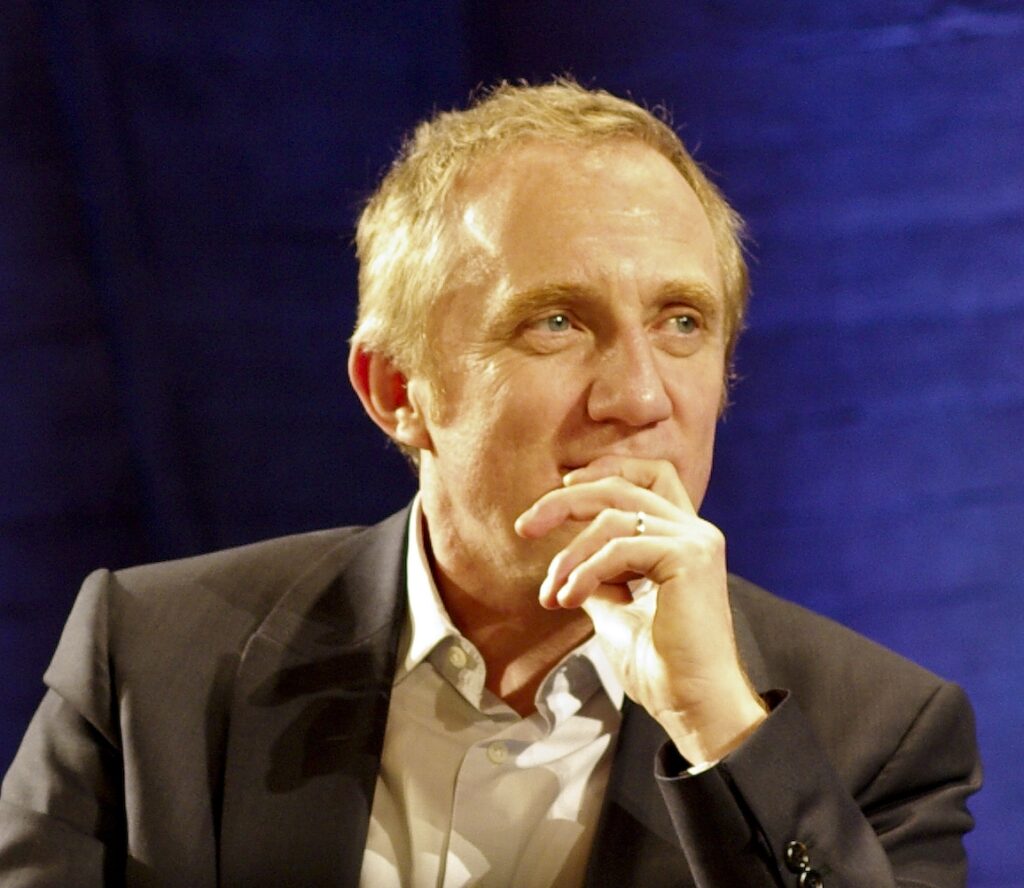
11. **François Pinault’s Stade Rennais FC and a Dip in Luxury Fortunes**François Pinault, the French luxury goods titan and owner of Stade Rennais FC, offers another perspective on the delicate balance between personal wealth and sports team stability. His fortune, estimated at $21.7 billion, is deeply tied to the luxury market, a sector that can experience significant shifts. This year, Pinault’s net worth reportedly dropped by 31%, a substantial decrease that underscores how external market forces can directly impact even the wealthiest sports owners.
For Stade Rennais FC, Pinault’s ownership represents a significant financial backing, yet the team has not managed to secure a top title under his tenure. This situation highlights a different kind of financial gamble: the long-term investment in a club without immediate championship success. While financial stability is provided by the owner’s wealth, the competitive performance of the team adds another layer of scrutiny and pressure, both from fans and financially. The club’s inability to win a top title suggests that even immense wealth cannot guarantee sporting glory, emphasizing the inherent unpredictability of the game itself.
The direct correlation between a substantial drop in Pinault’s personal net worth and the ongoing performance of his team illustrates the “impact of personal wealth fluctuations on team stability.” While top clubs are often insulated from day-to-day market changes, a significant and sustained reduction in an owner’s primary wealth source could, in theory, affect future investment strategies, transfer budgets, and infrastructure projects. This makes his continued commitment to Stade Rennais FC a gamble not just on the team’s potential, but also on the rebound of his core luxury business.
Pinault’s story reminds us that sports ownership is not always a straightforward path to immediate returns or sporting dominance, even for billionaires. It’s a long-term commitment fraught with the challenges of market volatility, competitive pressures, and the constant demand for strategic investment. His situation showcases how external economic factors can directly influence the financial capacity and strategic outlook of influential sports team owners.


12. **Robert Pera’s Grizzlies and the Volatility of Wireless Technology Wealth**Robert Pera, owner of the Memphis Grizzlies and founder of Ubiquiti Networks, epitomizes the “impact of personal wealth fluctuations on team stability,” particularly when an owner’s fortune is heavily concentrated in a single, volatile industry like wireless technology. With an estimated net worth of $15.7 billion, Pera’s financial journey has been characterized by dramatic swings, directly mirroring the performance of his company’s stock.
The context highlights this volatility vividly: after ranking as high as No. 4 among America’s sports owners, his fortune fell by more than 50% in one year, only to see a significant recovery later, with Ubiquiti Networks’ stock nearly tripling. This kind of rapid fluctuation in an owner’s personal wealth, while not necessarily affecting day-to-day team operations in the short term, can certainly influence long-term strategic decisions, the scale of future investments, or even the perception of the team’s stability in the market.
Pera’s investment in the Grizzlies is a long-term bet on the NBA’s continued growth and the team’s potential in a mid-sized market. However, the external factor of his tech company’s performance introduces an inherent element of risk and unpredictability to his ownership tenure. While the Grizzlies benefit from Pera’s substantial wealth, the dramatic shifts in his net worth serve as a powerful reminder that an owner’s financial capacity is often intertwined with broader economic and market forces far beyond the basketball court.
This situation underscores how new-era sports owners, particularly those who built their wealth in dynamic tech sectors, bring a different flavor of financial gamble to the table. Their ability to inject capital or sustain ambitious projects can be directly tied to the performance of their core businesses. Pera’s story with Ubiquiti Networks and the Grizzlies stands out as a prime example of an owner navigating the dual challenges of competitive sports and the intense volatility of the tech market.
Despite these external financial fluctuations, Pera’s commitment to the Grizzlies remains evident through his sustained ownership. His journey highlights that the financial stability of a team, while often bolstered by a billionaire owner, is not entirely immune to the personal financial ebb and flow of its ultimate benefactor, particularly when that benefactor’s wealth is dynamically linked to high-growth, high-risk industries.
These narratives collectively paint a vivid picture of sports ownership as a realm defined by monumental financial gambles, where fortunes are won, lost, and dramatically reshaped. From the audacious acquisitions that redefine market values to the complex infrastructure projects that challenge political landscapes, and the volatile personal wealth fluctuations that ripple through franchises, these owners are much more than mere custodians of beloved teams. They are high-stakes strategists, navigating intricate financial ecosystems where every decision is a calculated risk, shaping not only the future of their respective clubs but also the broader economic contours of professional sports itself. The shocking gambles detailed here are a testament to their ambition, their foresight, and their unwavering belief in the power and profitability of the game, no matter the cost.





